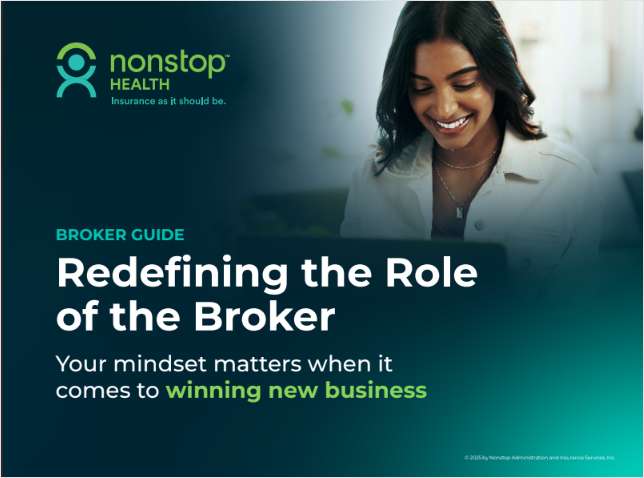While retirement planning is becoming a priority for financially aware Americans, most of the working population still lacks the know-how to make the right investments.
Although improving awareness about retirement savings and investments is important in schools, part of the responsibility is passing to employers as well.
Employers are increasingly becoming aware of the need to help workers save for a secure retirement by providing financial education or advice at the workplace. This doesn’t only benefit employees, but also the companies themselves.
|Why do employers need to bother?
A lack of financial literacy can cause employees to delay their retirement simply because they lack sufficient funds to keep them secure.
Recommended For You
Complete your profile to continue reading and get FREE access to BenefitsPRO, part of your ALM digital membership.
Your access to unlimited BenefitsPRO content isn’t changing.
Once you are an ALM digital member, you’ll receive:
- Breaking benefits news and analysis, on-site and via our newsletters and custom alerts
- Educational webcasts, white papers, and ebooks from industry thought leaders
- Critical converage of the property casualty insurance and financial advisory markets on our other ALM sites, PropertyCasualty360 and ThinkAdvisor
Already have an account? Sign In Now
© 2025 ALM Global, LLC, All Rights Reserved. Request academic re-use from www.copyright.com. All other uses, submit a request to [email protected]. For more information visit Asset & Logo Licensing.








